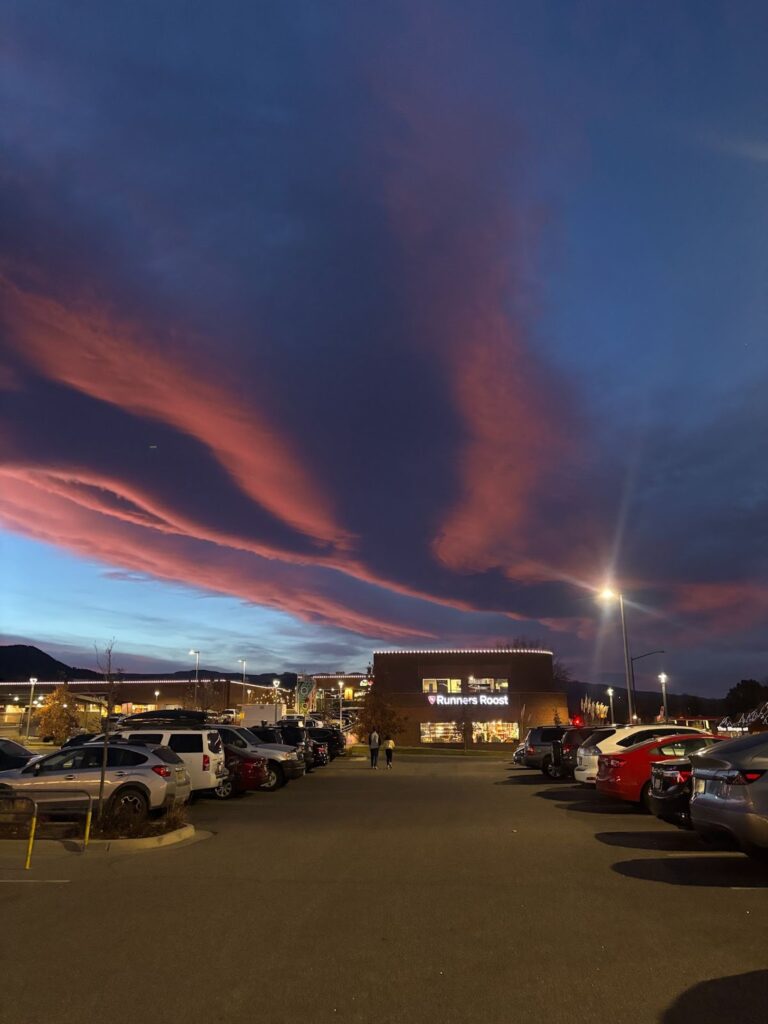
By Sierra Crawford
Once again, the season of lights, merriment, and holidays is upon us. Yet, as the calendar inches toward the year’s end, many students on campus feel a familiar, unwelcome shift; a steep drop in motivation and a pervasive feeling of sadness.
It’s an annual cycle that most of us experience to some degree. While the holidays bring excitement, joy, and activity, they are closely trailed by the high-stakes stress of midterms, finals, and post-holiday blues.
CU’s Seasonal Struggle
Through conversations with students and faculty across CU’s campus, I’ve pinpointed three key culprits fueling this annual decline: the Daylight Saving Time shift, erratic winter weather patterns, and a subsequent lack of activity.
The most immediate impact, for many, is the sudden plunge into early evening darkness.
“Daylight saving makes me sleepy. It makes me want to go to bed at 4 p.m. If I get out of class at 4 p.m. and it’s already dark outside, it makes me feel like my day is gone,” CU Boulder sophomore Mackenzie Odom said.
This feeling of the day being “stolen” is a powerful demotivator. Arriving home from a long day of classes or work to pitch-black skies leaves little mental space for leisure activities, fitting in a workout, or a final crucial study session.
Finding Light in the Gloom
While the darkness can feel oppressive, not everyone views the seasonal shift with dread. Even Mackenzie, who struggles with the lack of light, noted a silver lining.
“I will say winter sunsets are my favorite,” she admitted, despite her busy finals schedule demanding more daylight hours.
A faculty member at the Leeds School of Business echoed this appreciation for Boulder’s unique winter beauty:
“Especially at this time of year, the light at 4 p.m. is beautiful. Those wispy clouds over the Flatirons, it’s refreshing [to admire] and be present. Perfect for photography.”
CU Boulder sophomore Alex Findlay offered a mixed perspective, noting a different timeline for their dip in mood:
“I get seasonal depression after New Year’s because there are no more holidays, and I have to go back to school,” Findlay said. “As for weather, sleet is the worst.”
For many, the period after the New Year and before the promise of spring is the most treacherous. Here in Boulder, the cycle of melting, muddy snow combined with persistent overcast skies can be particularly unfavorable.
“However, I can appreciate daylight saving because I like having an extra hour of sleep when the time changes,” Findlay said. “Some days getting dark at 4 p.m. can be nice because it feels like the holiday season.”
For students hailing from sunnier climates, the sight of bare trees and brown grass is a stark, depressing reminder of the season’s grip. The confluence of short days, bad weather, and a post-holiday slump can feel truly overwhelming.
Shifting the Routine, Romanticizing the Reality
So, how do we push back against the gloom? The simple answer is to intentionally alter our routines and reframe our perspective.
Perhaps waking up just a bit earlier is the key to seizing those few precious hours of morning daylight. But beyond simple adjustments, my advice is this:
- When it’s cold: Don’t just suffer through it—lean into it. Start a fire, make a cup of hot cocoa, or host a board game night with friends.
- When it’s dark: Don’t let the darkness define your atmosphere. Decorate with warm string lights, put on a cozy movie, and make your space an indoor sanctuary.
- When there’s nothing planned: Create your own excitement. Plan a themed party, pick up that hobby you sidelined, or take advantage of our incredible location and go on a snowy hike.
The combination of short days, bad weather, and a heavy academic load is a challenge we face together, but there’s a silver lining in it all. By recognizing the darkness and choosing to bring our own light, we can make the most of this season.

